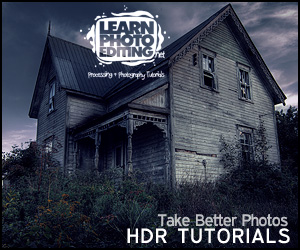Last Updated on December 10, 2021 by Practical Astrophotography Staff
When first getting into Astrophotography, there are several ways how you and others will begin this highly addictive and rewarding hobby.
Some will already have a camera, and start with that and a tripod, doing nightscapes. Others will already own a telescope and a cell phone snapping photos through the eyepiece. Regardless of the way that you have entered this hobby, you will have the itch to up your game, to improve the photos you take, and get that much closer to producing your own NASA-worthy images. The equipment we use can be upgraded over time, and the skills and lessons we learn through experience will help us become better and better.
Money is a huge factor to consider when looking to up your game. So how can we increase our knowledge and image quality with our photos without spending an arm and a leg?
The most affordable option is to build off the equipment you already have. For me, that was a Nikon D600 DSLR Camera I already owned. I chose to have it converted from a standard out-of-box camera to an Astro-modified Camera.


This process includes removing the IR Blocking filter from the Sensor, and replacing it with a piece of glass or quartz that allows ALL the wavelengths of light through in the visible spectrum, especially and most importantly those in the near-infrared and UV spectrum.
Why is this important? Well with Hydrogen being the most abundant element in the Universe, it’s a good thing to have a camera that could see that element.
One other huge advantage to getting your camera converted is the cameras ability to absorb more light. This results in generally cleaner and higher quality images.
There are DIY tutorials that exist that can help you do your own conversions or companies that specialize in this. I opted for using a company that has performed this same conversion for most if not all the cameras used on the ISS (Spencers Camera) to handle my conversion. This was not only an extremely affordable option but increased the quality of my photographs immensely. It was most noticeable on DSO’s I had already photographed, like the Rosette Nebula, and the North American Nebula.
If you have a DSLR, I can’t recommend this upgrade enough. You’ll be amazed at the difference it makes and how filters work that much better on the camera.
Good luck and clear skies














